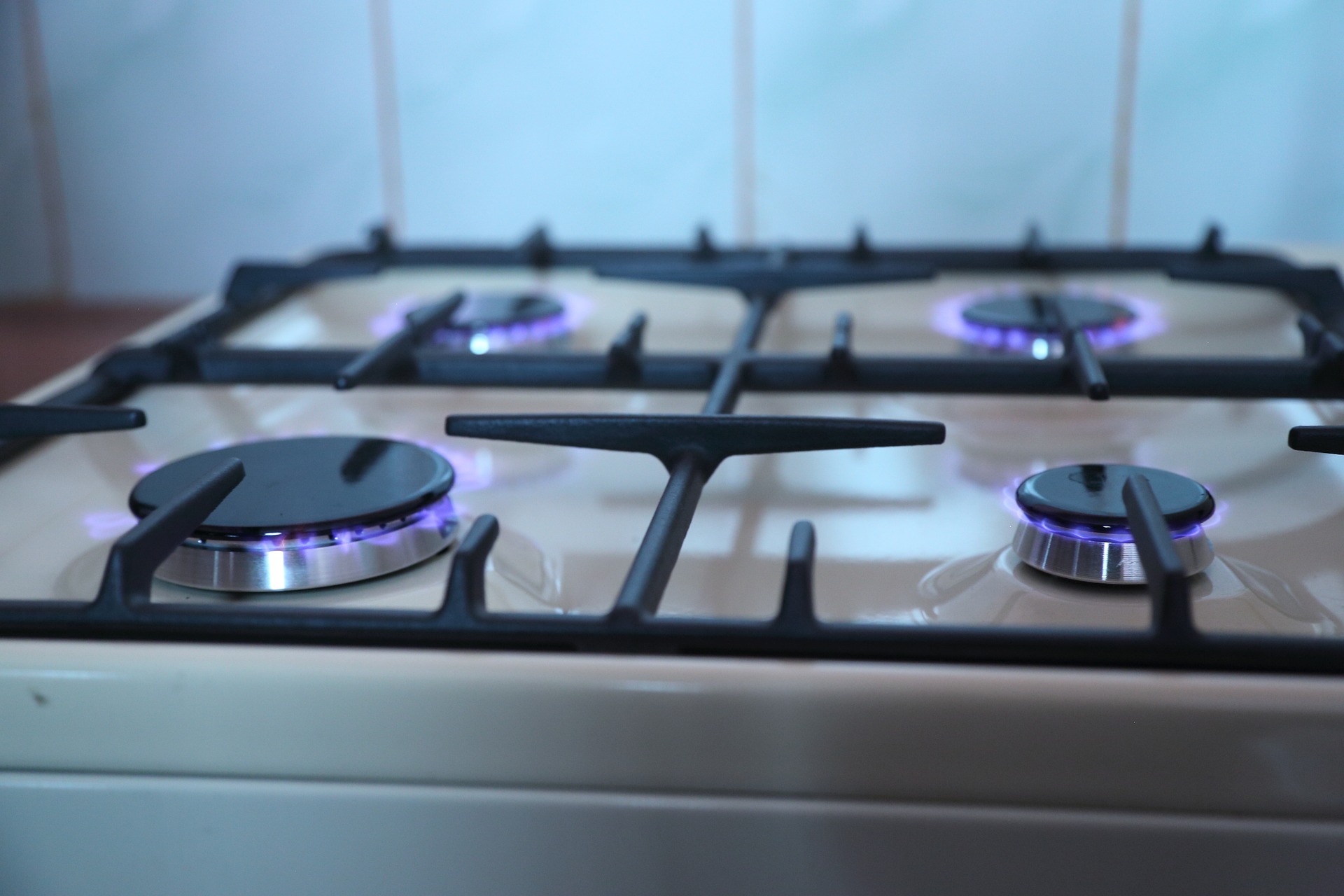
Stanford, California – A new Stanford-led study has found methane leaking from natural gas-burning stoves has a climate impact comparable to the carbon dioxide emissions from about 500,000 petrol-driven cars.
Home methane leaks contribute about a third as much warming as the carbon dioxide generated by combustion of the kitchen stove’s natural gas and sometimes exposes users to respiratory disease-triggering pollutants.
The findings come as legislators in numerous party of the US weigh banning natural gas hook ups in new construction.
Master Plumbers in New Zealand want portable gas heaters banned from all residential properties in New Zealand, because of the serious risks they pose to your health and safety.
There are very few measurements of how much natural gas escapes into the air from inside homes and buildings through leaks and incomplete combustion from appliances.
Although carbon dioxide is more abundant in the atmosphere, methane’s global warming potential is about 86 times as great over a 20-year period and at least 25 times as great a century after its release.
Methane also threatens air quality by increasing the concentration of tropospheric ozone, exposure to which causes an estimated one million premature deaths annually worldwide due to respiratory illnesses.
Methane’s relative concentration has grown more than twice as fast as that of carbon dioxide since the beginning of the industrial revolution because of human-driven emissions.
While pipeline leaks of natural gas, which is more than 90 percent methane, have been studied extensively, natural gas-burning cooking appliances have received comparatively little attention.
Over a third of US home cook with gas. Unlike other gas appliances, such as space and water heaters that are usually placed away from living quarters, cooking appliances directly expose people to their emissions.
This can include formaldehyde, carbon monoxide and nitric oxides that can trigger asthma, coughing, wheezing and difficulty breathing, occasionally resulting in hospitalization.
Hood use and ventilation help reduce concentrations of nitrogen oxides and other co-produced pollutants in kitchen air, yet surveys show that home cooks on average use hoods for kitchen ventilation only 25-40 percent of the time.
The Stanford researchers measured methane and nitrogen oxides in homes in California, not only during combustion, ignition and extinguishment, but also while the appliances were off.
The highest emitters were cooktops that ignited using a pilot light instead of a built-in electronic sparker. Methane emissions from the puffs of gas emitted while igniting and extinguishing a burner were on average equivalent to the amount of unburned methane emitted during about 10 minutes of cooking with the burner. Interestingly, the researchers found no evidence of a relationship between the age or cost of a stove and its emissions.
More than three-quarters of methane emissions occurred while stoves were off, suggesting that gas fittings and connections to the stove and in-home gas lines are responsible for most emissions, regardless of how much the stove is used.
Overall, the researchers estimated that natural gas stoves emit up to 1.3 percent of the gas they use as unburned methane.

